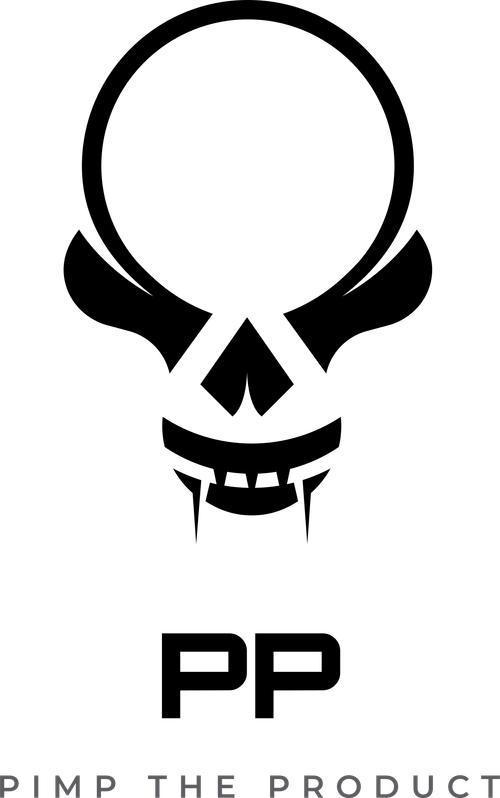SWOT – The Ultimate Cheat Code for Product Strategy
SWOT stands for Strengths, Weaknesses, Opportunities, and Threats. Think of it as your product’s full-body scan—it shows you the good, the bad, and the ugly. By breaking down these four key areas, you get a crystal-clear view of your product’s current position, and more importantly, where to focus your efforts to keep winning.
Strengths tell you what your product does better than anyone else. It’s like finding your unique advantage. Maybe your product is faster, cheaper, or just more intuitive than the competition. Whatever it is, you’ve got to know your strengths so you can double down on them.
Weaknesses are the things holding you back. Maybe your product’s hard to use, it’s got bugs, or it’s missing a key feature your customers are craving. Knowing where your product’s weak gives you the ammo to improve—fix the issues, make it smoother, and eliminate pain points.
Opportunities are the juicy spots in the market that you can slide into. It’s about identifying trends, customer pain points, and niches you can fill. These are the sweet spots that can push your product to the next level.
Threats are the challenges that could mess up your game. Competitors, market shifts, changes in technology—anything that could put your hustle at risk. By spotting these threats early, you can stay ahead of the curve and avoid getting blindsided.
